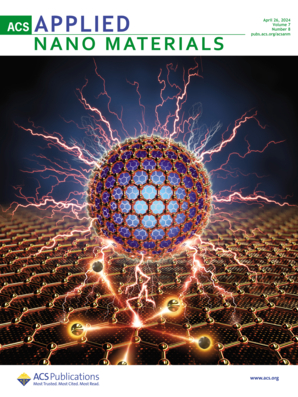强化学习可能会揭示视觉-直觉不匹配导致的人类运动学习效率有限的原因
IF 5.3
2区 材料科学
Q2 MATERIALS SCIENCE, MULTIDISCIPLINARY
引用次数: 0
摘要
视觉和本体感觉在传递定位信息时存在基本的感觉不匹配,这种不匹配是限制运动学习效果的关键因素。然而,这种不匹配如何以及在多大程度上限制了运动学习的效果,目前仍不清楚。为了进一步了解感觉不匹配对运动学习效果的影响,我们采用了强化学习算法和简化的生物力学肘关节模型,在计算环境中模拟运动学习过程。通过将强化学习算法应用于肘关节屈伸任务的运动学习,模拟结果成功解释了视觉-直觉不匹配如何在运动控制精度和任务完成速度方面限制了运动学习的结果。两种感觉模式之间的感知角度偏移越大,运动控制精度就越低。同时,两种感觉模式的峰值奖励振幅越相似,运动控制精度就越低。此外,模拟结果表明,探索速度不足会限制任务完成速度,而探索速度过快则会限制运动控制精度。这种速度与准确性的权衡表明,适度的探索速率可以作为运动学习的另一个重要因素。本文章由计算机程序翻译,如有差异,请以英文原文为准。
Reinforcement Learning May Demystify the Limited Human Motor Learning Efficacy Due to Visual-Proprioceptive Mismatch.
Vision and proprioception have fundamental sensory mismatches in delivering locational information, and such mismatches are critical factors limiting the efficacy of motor learning. However, it is still not clear how and to what extent this mismatch limits motor learning outcomes. To further the understanding of the effect of sensory mismatch on motor learning outcomes, a reinforcement learning algorithm and the simplified biomechanical elbow joint model were employed to mimic the motor learning process in a computational environment. By applying a reinforcement learning algorithm to the motor learning of elbow joint flexion task, simulation results successfully explained how visual-proprioceptive mismatch limits motor learning outcomes in terms of motor control accuracy and task completion speed. The larger the perceived angular offset between the two sensory modalities, the lower the motor control accuracy. Also, the more similar the peak reward amplitude of the two sensory modalities, the lower the motor control accuracy. In addition, simulation results suggest that insufficient exploration rate limits task completion speed, and excessive exploration rate limits motor control accuracy. Such a speed-accuracy trade-off shows that a moderate exploration rate could serve as another important factor in motor learning.
求助全文
通过发布文献求助,成功后即可免费获取论文全文。
去求助
来源期刊

ACS Applied Nano Materials
Multiple-
CiteScore
8.30
自引率
3.40%
发文量
1601
期刊介绍:
ACS Applied Nano Materials is an interdisciplinary journal publishing original research covering all aspects of engineering, chemistry, physics and biology relevant to applications of nanomaterials. The journal is devoted to reports of new and original experimental and theoretical research of an applied nature that integrate knowledge in the areas of materials, engineering, physics, bioscience, and chemistry into important applications of nanomaterials.
 求助内容:
求助内容: 应助结果提醒方式:
应助结果提醒方式:


